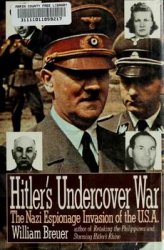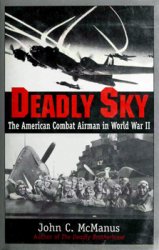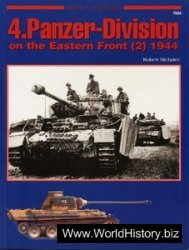The history of the Socialist Labor Party (SLP) is one of dissension and schism. Meeting in Pittsburgh in 1876, representatives of the two major divisions among socialists—the Lassalleans (who favored using the electoral process to capture the existing state) and the Marxists (who wanted to organize the working class for the revolutionary destruction of the state)—called for a “Unity Congress.” Assembling in Philadelphia in July 1876, the Congress established the Workingmen’s Party of the United States (WPUS). Although the delegates elected a Lassallean, Philip Van Patter, as national secretary of the WPUS, they demonstrated their Marxist leanings by prohibiting electoral politics except at the local level and then only when conditions appeared extremely favorable.
Convinced by the Great Strike of 1877 that political action was expedient, the 1877 WPUS convention, boycotted by most militant Marxists, repealed the stricture against entering politics and changed its name to the Socialist Labor Party (SLP). The SLP supported the candidates of the Greenback-Labor Party in the 1880 presidential election, but disenchanted by defeat, the 16 delegates attending the party’s 1883 convention adopted the policy of using electoral politics only for propaganda purposes. Agitation for the eight-hour workday, however, encouraged the Lassallean leadership to reenter politics in 1886 by joining a number of local third parties. Although that effort was a disaster, the party ran its slate of presidential electors in New York during the 1888 election only to be badly defeated. The dismal returns reignited the internal debate over the role of electoral politics and ended in 1889 when the Lassalleans, known as the W. L. Rosenberg or Cincinnati group, bolted from the party to form the Social Democratic Federation.
The SLP’s marxist tendency became more pronounced with the rise of Daniel De Leon to power, although he, like the Lassalleans, also wanted to participate in electoral politics. In 1892 De Leon, a Columbia University law professor, became the SLP’s dominant voice as editor of its newspaper, The People, and the SLP regularly participated in presidential campaigns, receiving, for example, 36,000 votes in 1896. But the SLP directed most of its attention to capturing the labor union movement by “boring within,” or placing its members in key union positions. This tactic resulted in the temporary replacement of Samuel Gom-PERS as president of the American Federation of Labor (AFL) and the permanent removal of Terence V.
PoWDERLY as grand master workman (president) of the Knights of Labor. But both organizations repulsed the SLP’s bid for control. Angered, De Leon launched another SLP organization, the Socialist Trade and Labor Alliance. The creation of a dual (competing) union caused a group of trade unionists (called either the Kangaroos or the Rochester SLP) led by Morris Hillquit to leave the SLP in 1900. After a series of legal battles, the minuscule De Leon faction retained the name SLP, while the Kangaroos joined the Socialist Party. In the early 20th century the SLP, led by the doctrinaire and divisive De Leon, had virtually no influence on the socialist movement and absolutely none on American society.
Further reading: Frank Girard and Ben Perry, The Socialist Labor Party, 1876-1991: A Short History (Philadelphia: Livra Books, 1991).
—Harold W. Aurand
After electing two representatives to the Massachusetts legislature in 1898, the new party attracted more followers.
Another schism within the SLP in 1900 altered the Social Democratic Party’s fortunes. Opposed to the SLP’s creation of a dual (competing) union, the Socialist Trade and Labor Alliance—a group of SLP trade unionists led by Morris Hillquit—withdrew and conducted their own convention in Rochester, New York. After nominating a presidential ticket of Job Harriman and Max Hayes, the SLP dissidents and the Social Democratic Party discussed a merger, and although negotiations languished, the Social Democratic convention created a fusion ticket of Debs for president and Harriman for vice president. Both groups supported the fusion ticket, which received 97,000 votes, outpolling the SLP by a factor of three. Encouraged by the vote, both factions met in Indianapolis in 1900 and formed the Socialist Party of America, which at its high point in 1912 and with Debs at its head, attracted almost 1 million voters.




 World History
World History









